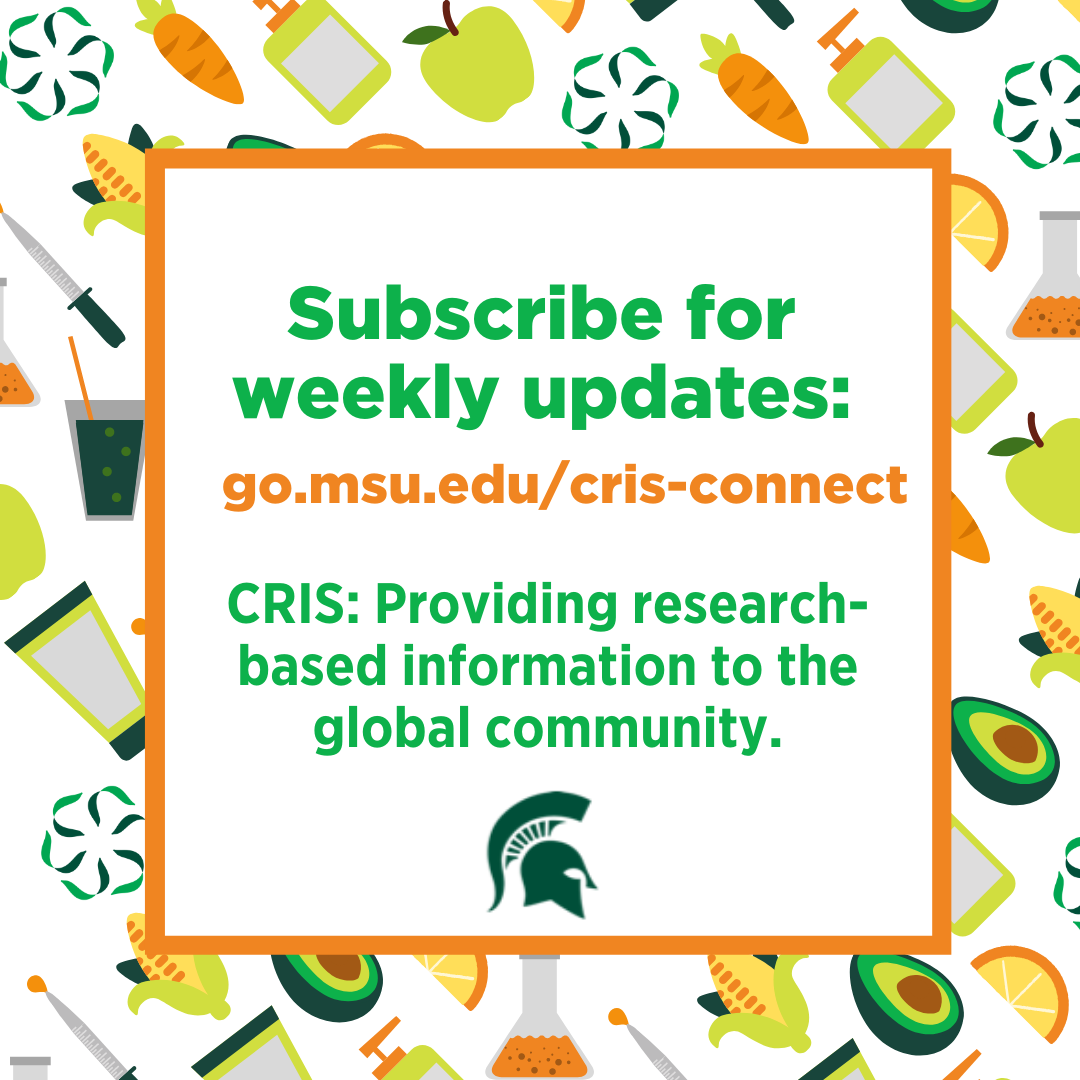Food & Ingredient Safety – Current Good Manufacturing Practices (CGMP)
In several past posts we’ve mentioned Current Good Manufacturing Practices, but what are those practices and what do they mean for consumers? In this post, we explore Current Good Manufacturing Practices as it relates to food and ingredient safety.

What are Current Good Manufacturing Practices?
In the United State, Current Good Manufacturing Practices known as CGMP, refer to legislation that falls under the purview of the U.S. Food and Drug Administration (FDA) (1,2,3).
These laws ensure that all pharmaceuticals and most food and beverage, cosmetic, and dietary supplement companies follow industry and best practices like hygiene, quality control, and more to ensure all products manufactured are safe and effective.
Current Good Manufacturing Practices are not limited to companies located within the U.S. Foreign companies that produce food, medical, and cosmetic products for distribution in the U.S. must comply with these standards.
The World Health Organization (WHO) has Good Manufacturing Practice guidance in place for pharmaceuticals and biological  medicinal products. While the WHO is a separate organization from the FDA, these guidelines help ensure the global supply of medication and medical products meet safety guidelines.
medicinal products. While the WHO is a separate organization from the FDA, these guidelines help ensure the global supply of medication and medical products meet safety guidelines.
What do CGMP mean for foods, beverages, cosmetics, and dietary supplements?
Current Good Manufacturing Practices apply to most food, beverage, cosmetic, and dietary supplement manufacturers with few exceptions (1,2). The CGMP help ensure manufacturing plants protect products from all contaminants including harmful viruses, bacteria, and fungi. They must implement excellent hygiene practices, as well as regularly clean and sanitize facilities.
The CGMP guidelines also ensure safe handling, storage, packaging, and tracking of foods, beverages, cosmetics, and dietary supplements. If for some reason it was discovered that a product did not meet safety and quality standards, compliance with CGMP means the company can easily track and recall the contaminated product.
Since the outbreak of the novel coronavirus, we’ve seen a sharp uptick in people concerned about the potential for contaminated foods and ingredients. We know that the current protocols in place protect not just against pathogens like the novel coronavirus, but they help protect against other equally detrimental pathogens too.
What do CGMP mean for pharmaceuticals?
In much the same way that the CGMP guidelines protect food, beverages, dietary supplements, and cosmetics, CGMP help to ensure pharmaceuticals work as expected, meet purity requirements, meet quality standards, and more.
While the FDA cannot issue recalls for pharmaceuticals that do not meet standards, most companies will recall a product if asked by the FDA. If manufacturers do not comply, the FDA can seize products, bring court cases, and even criminal charges for CGMP violations. The FDA tends to react with stronger actions when it involves pharmaceuticals for many reasons, including the inability for most consumers to quickly and easily identify if a drug is safe or will work as expected.
Are they updated regularly?
The CGMP guidelines are updated as needed to reflect the current best practices, latest state-of-the-science, and other events and breakthroughs that may impact the current knowledge (1,2).
The good news.
By having these guidelines in place with companies meeting and exceeding the recommended CGMP, we can continue to trust that our food and medical products remain protected and effective, even in uncertain times.



 Print
Print Email
Email

